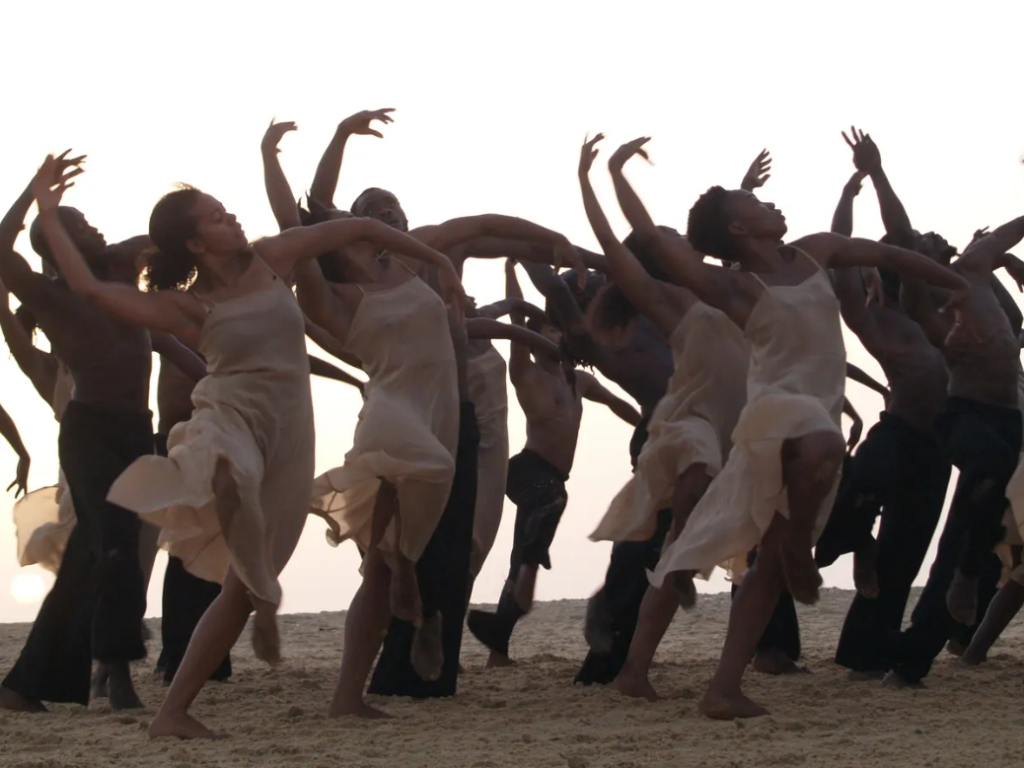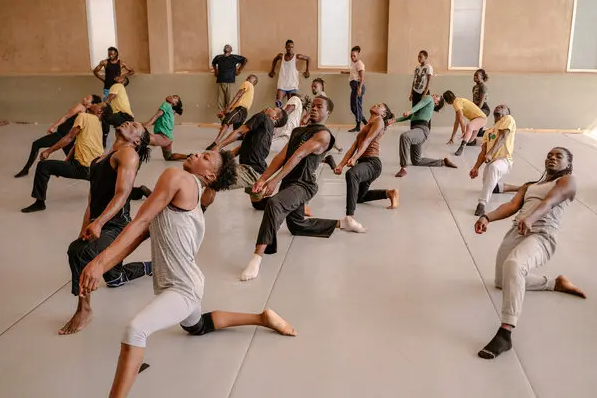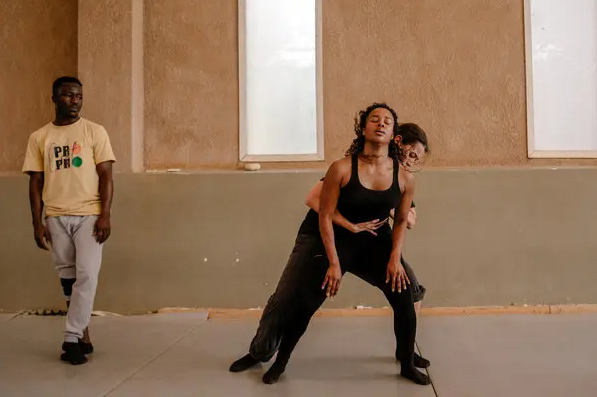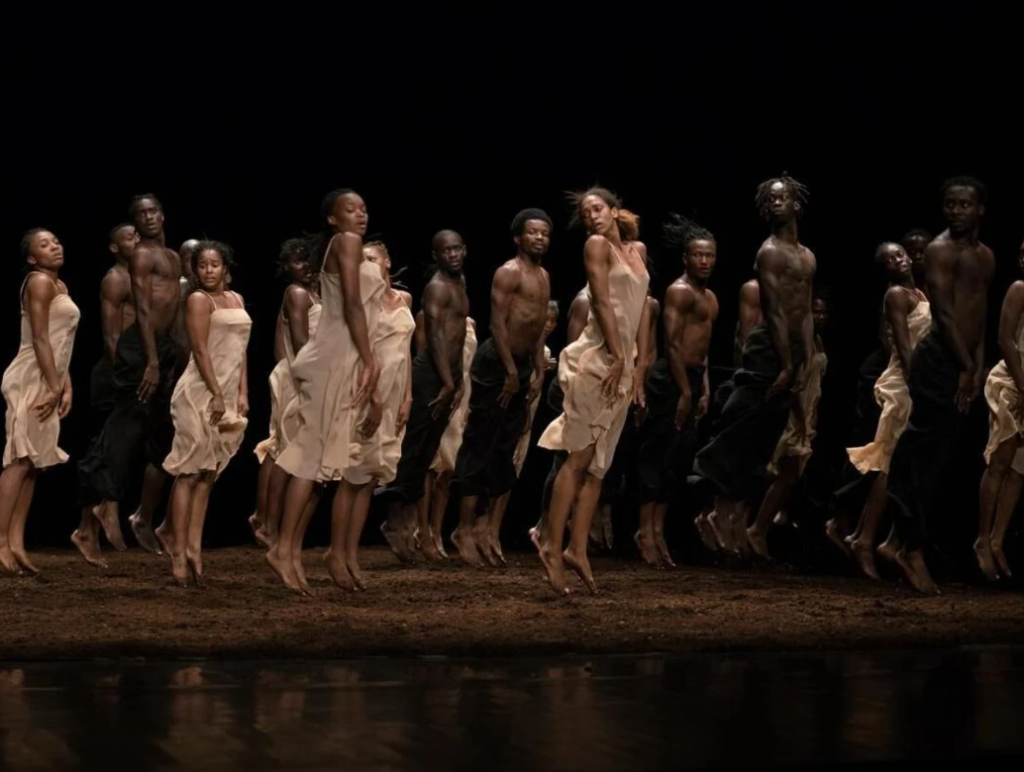Pina Bausch’s groundbreaking choreography of “The Rite of Spring” has long been celebrated as a seminal work in the world of contemporary dance. Known for her innovative and thought-provoking approach to movement, Bausch’s reinterpretation of Stravinsky’s iconic ballet has captivated audiences around the globe. In recent years, her masterpiece has found new life and resonance in Africa, where local dancers and choreographers have embraced the work, infusing it with their unique cultural perspectives. In this article, we explore the fascinating journey of Pina Bausch’s ‘Rite of Spring’ in Africa, examining the fusion of contemporary dance and traditional African influences.

- The Legacy of Pina Bausch
Pina Bausch, a German choreographer and dancer, was a leading figure in the development of contemporary dance. Her work was known for its emotional intensity, physicality, and exploration of human relationships. Bausch’s ‘Rite of Spring’ premiered in 1975, and it challenged traditional notions of ballet, incorporating elements of improvisation, personal expression, and unconventional movement vocabulary.
- The Transformative Power of ‘The Rite of Spring’
‘The Rite of Spring’ is a groundbreaking ballet originally composed by Igor Stravinsky in 1913. Bausch’s reinterpretation of this iconic piece pushed the boundaries of contemporary dance, offering a new perspective on the human experience. The piece explores themes of sacrifice, ritual, and the cyclical nature of life, resonating with audiences on a deep emotional level.
- African Influences on Contemporary Dance
Contemporary dance in Africa has a rich and diverse history, rooted in traditional African dance forms. These traditional dances are deeply connected to cultural practices, storytelling, and spiritual beliefs. In recent years, African choreographers and dancers have been incorporating elements of traditional African dance into their contemporary works, creating a unique fusion of styles that reflect the vibrancy and diversity of the continent.

- The African Interpretation of ‘Rite of Spring’
In Africa, Pina Bausch’s ‘Rite of Spring’ has become a catalyst for artistic exploration and cultural exchange. African choreographers and dancers have embraced the work, infusing it with their own cultural perspectives and movements. They draw inspiration from traditional African dance forms, incorporating rhythmic patterns, polyrhythms, and symbolic gestures into their interpretations of the piece.
- Cultural Exchange and Collaboration
The popularity of ‘Rite of Spring’ in Africa has also led to collaborative projects between African and international dance companies. These collaborations provide a platform for cultural exchange, allowing dancers and choreographers to learn from one another and create unique performances that blend Western contemporary dance with African traditions. Such collaborations foster a deeper understanding of different cultures and create opportunities for artistic growth and innovation.

- The Power of Dance as a Universal Language
Through the fusion of ‘Rite of Spring’ with African dance traditions, a powerful universal language is created. Dance becomes a vehicle for cultural expression, enabling artists to communicate and connect across borders and languages. The transformative power of movement allows audiences to experience and appreciate the richness of diverse cultures while finding common ground in the shared human experience.
- The Impact and Future of African Contemporary Dance
The growing popularity and influence of African contemporary dance, including the reinterpretation of ‘Rite of Spring,’ have contributed to the global recognition of African artists and their contributions to the dance world. African choreographers and dancers are pushing boundaries, challenging stereotypes, and reshaping the future of contemporary dance.

Pina Bausch’s ‘Rite of Spring’ has taken root in Africa, inspiring a cultural fusion of contemporary dance and traditional African influences. Through the reinterpretation of this iconic work, African choreographers and dancers have created a powerful artistic expression that resonates with global audiences. The fusion of Western contemporary dance with African traditions showcases the transformative power of dance as a universal language. As African contemporary dance continues to evolve and gain recognition, it enriches the global dance community, fostering cross-cultural understanding and artistic collaboration. The journey of ‘The Rite of Spring’ in Africa is a testament to the enduring legacy of Pina Bausch and the transformative power of dance to bridge cultural divides and celebrate our shared humanity.